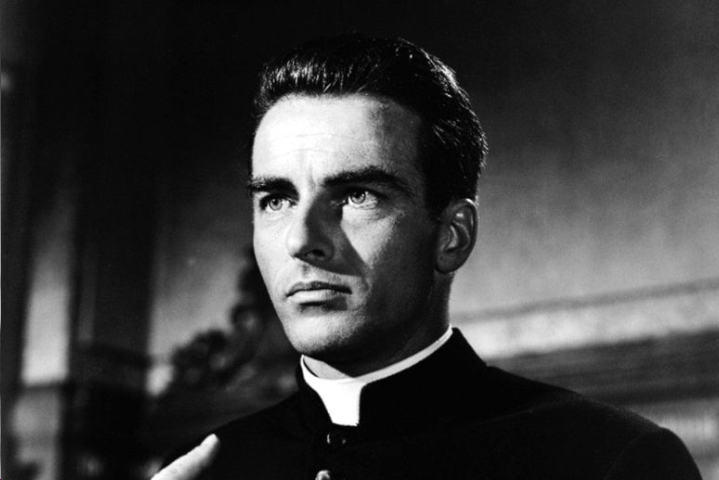Entertainment is one thing, but excitement and controversy – what Margo Channing would have called “fire and music” – are quite another. Carol Dyhouse’s Heartthrobs: A History of Women and Desire offers the former, as the author relates the history of what, she says,women do and have always done: create sexual fantasies about men. This proclivity is a historical fact, she argues, before digging through centuries of romantic drama between sexually minded heroines and heroes conjured by the female imagination. She skips from Jane Austen’s Mr Darcy, who seems clueless in assessing women and their fantasies, to the early twentieth-century British novelist Charles Garvice, who thought he knew what women wanted (that his books became best-sellers seems to confirm that he did), and on to Elvis Presley and – inevitably – Fifty Shades of Grey, which, Dyhouse argues, sees women “bonded” by their sexual fantasies.

It should come as news to no one that, although women have historically been the object of the male “gaze”, they have themselves done some gazing. Since the late 1960s, and peaking with Laura Mulvey’s study of the male cinematic gaze, “Visual Pleasure and Narrative Cinema” (1975), feminist critics have re-negotiated the woman’s place (and powerlessness) as the object of desire. And it did not take long for the camera, and the pen, to be turned on men themselves. This does not seem especially topical, nor is Dyhouse’s story original – it has been told many times by historians, critics and feminists, often with more fire and music.
Nonetheless, a grand tour of female-created fantasies about (sometimes the most unlikely of) men can never be a dull ride – and Dyhouse presents the reader with some titillating examples. One chapter entitled “Dark Princes, Foreign Powers: Desert lovers, outsiders, and vampires” makes the point that women are drawn to uncommunicative men because they mistake silence for strength. From Emily Brontë’s Heathcliff and Daphne du Maurier’s Barry Jeans (wide shoulders, no hips, square jaw) to those familiar characters who cannot communicate intimacy, portrayed on film by James Cagney and Humphrey Bogart in the 1940s, women have found the fiction of the strong silent type compelling.
Dyhouse recovers examples many have forgotten, too, such as Kathleen Winsor’s novel from1944, Forever Amber (which was adapted for the screen by Otto Preminger three years later), whose heroine Dyhouse describes as having a huge “appetite for life” and “bags of initiative, of both a social and sexual kind”. (Amber indulges her obsession with the handsome Bruce Carlson, pursuing him relentlessly – with their illegitimate child in tow – against a backdrop of Restoration England and the Great Fire of London.) More contemporary sex symbols follow –including David Cassidy and Sex and the City’s Mr Big – as Dyhouse traces a straight line through history that suggests there is no new female desire (or frustration) under the sun. Only the players change as we flit from story to story, skating on the surface. The discussion of gay actors in romantic roles – Montgomery Clift, Richard Chamberlain and Dirk Bogarde – is a missed opportunity. These actors were often cast as figures of authority, as priests, teachers and, most often, doctors. There Dyhouse stops. But authority figures are common objects of female fantasy – something Freud had one or two things to say about. Dyhouse does not engage. Nor does she point out that gay actors portraying female objects of desire is a fascinating topic in its own right.
TLS (Times Literary Supplement) April 28, 2017